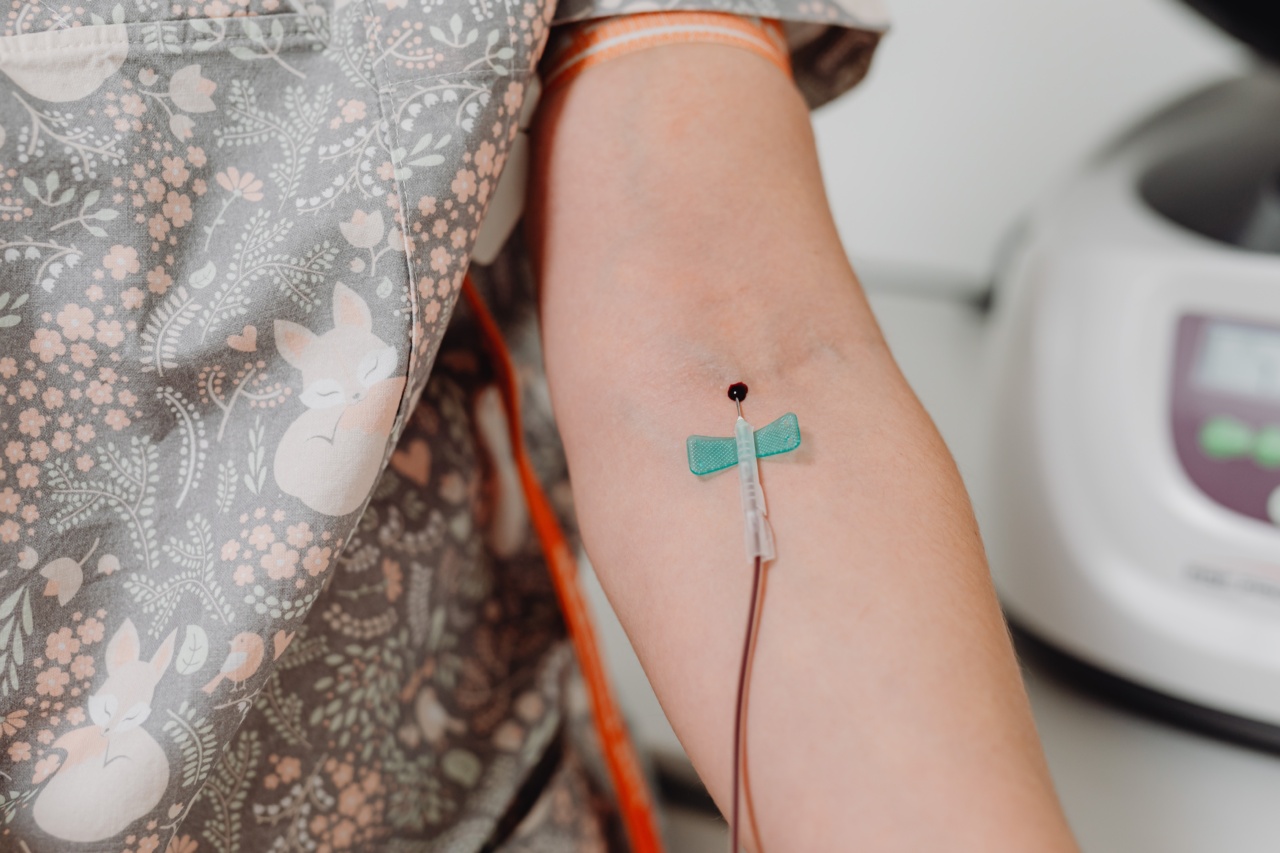Chronic venous failure is a condition where the veins in the legs cannot pump blood efficiently back to the heart. This leads to the accumulation of blood in the leg veins, resulting in swelling, pain, and skin changes.
Chronic venous failure is a common condition, affecting millions of people worldwide. In this article, we will discuss the effective treatment strategies for chronic venous failure.
Compression therapy
Compression therapy involves applying pressure to the legs to improve blood flow and reduce swelling. The most common way of doing this is by wearing compression stockings.
Compression stockings come in different pressure levels, which vary based on the severity of the condition. Mild compression stockings are used for early-stage chronic venous failure, while higher compression levels are used for more severe cases.
Exercise
Regular exercise is crucial in managing chronic venous failure. Exercise helps to improve the circulation of blood in the legs, which reduces swelling and promotes healing of any skin damage.
Low-impact exercises such as walking, swimming, and cycling are recommended. However, patients should avoid high-impact exercises such as running, which can worsen the condition.
Dietary changes
Dietary changes can play a significant role in managing chronic venous failure. A diet rich in fiber can reduce constipation, which can be a contributing factor to the condition.
Additionally, patients should limit their intake of salt, which can lead to fluid retention and worsen swelling in the legs. A low-salt diet can help manage the symptoms of chronic venous failure.
Elevation
When a patient is sitting or lying down, they should elevate their legs to reduce swelling. Elevation helps to promote blood flow from the legs back to the heart, which reduces swelling and pain.
Patients should aim to elevate their legs above the level of the heart for maximum benefit.
Surgical interventions
In some cases, surgical interventions may be required to manage chronic venous failure. The type of surgery depends on the severity and underlying cause of the condition.
Some surgical options include vein stripping, endovenous ablation, and sclerotherapy. These procedures aim to reduce pressure in the leg veins and improve blood flow.
Medications
Medications can be prescribed to manage the symptoms of chronic venous failure. Common medications include diuretics to reduce fluid retention and anti-inflammatory drugs to reduce pain and swelling.
Patients should only take medications as prescribed by their healthcare provider.
Wound care
Chronic venous failure can lead to skin changes, such as ulcers. Proper wound care is essential in managing these skin changes. Patients should keep the affected area clean and dry, use sterile dressings, and avoid tight-fitting clothing.
Additionally, patients should avoid scratching or rubbing the affected area, which can worsen the skin damage.
Prevention
Prevention is key in managing chronic venous failure. Patients should avoid standing or sitting for long periods, as this can cause blood to pool in the legs.
Additionally, patients should maintain a healthy weight and exercise regularly to improve circulation. Wearing compression stockings can also help prevent the onset of chronic venous failure.
Conclusion
Chronic venous failure is a common condition that can have a significant impact on a patient’s quality of life. However, with proper treatment, patients can manage their symptoms and prevent the condition from worsening.
The most effective treatment strategies for chronic venous failure include compression therapy, exercise, dietary changes, elevation, surgical interventions, medications, and wound care. Patients should work closely with their healthcare provider to develop a treatment plan that meets their individual needs.






























